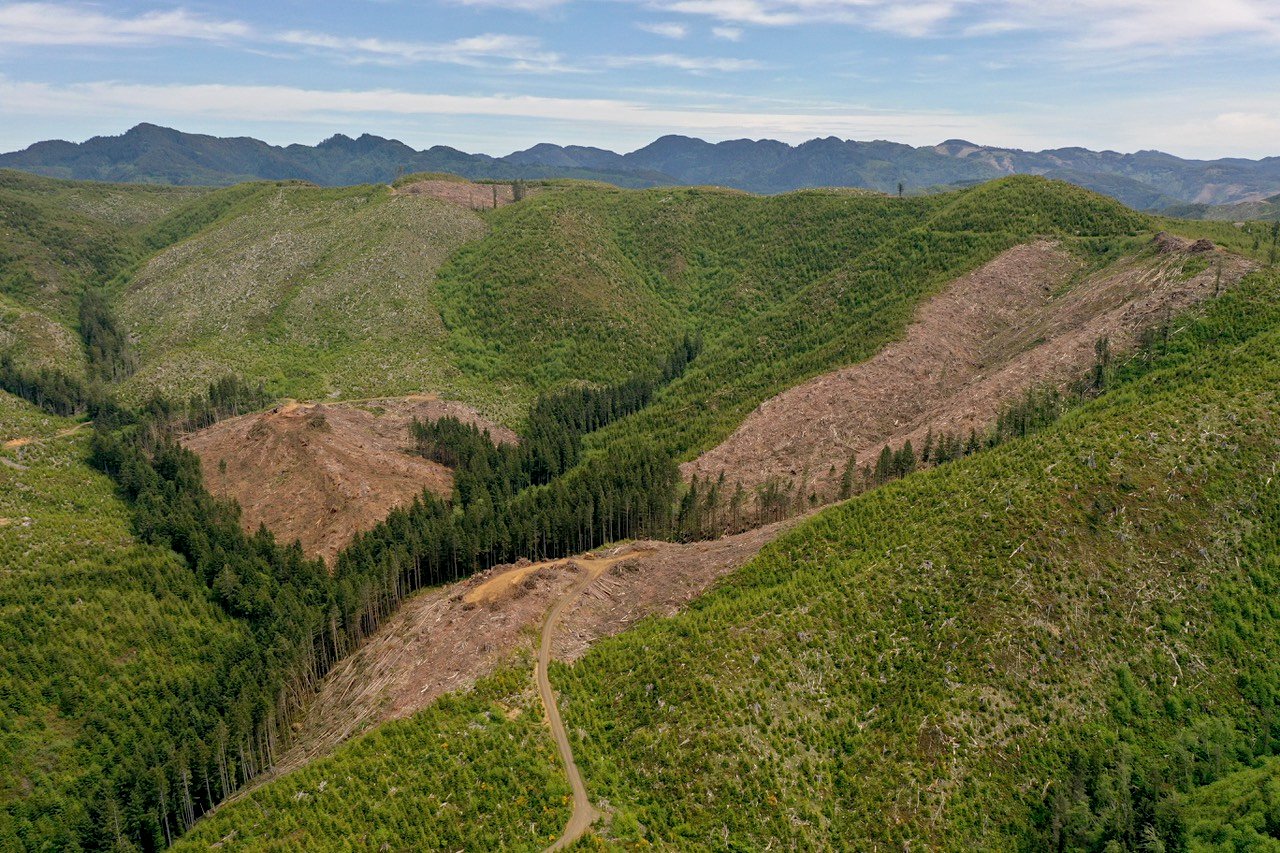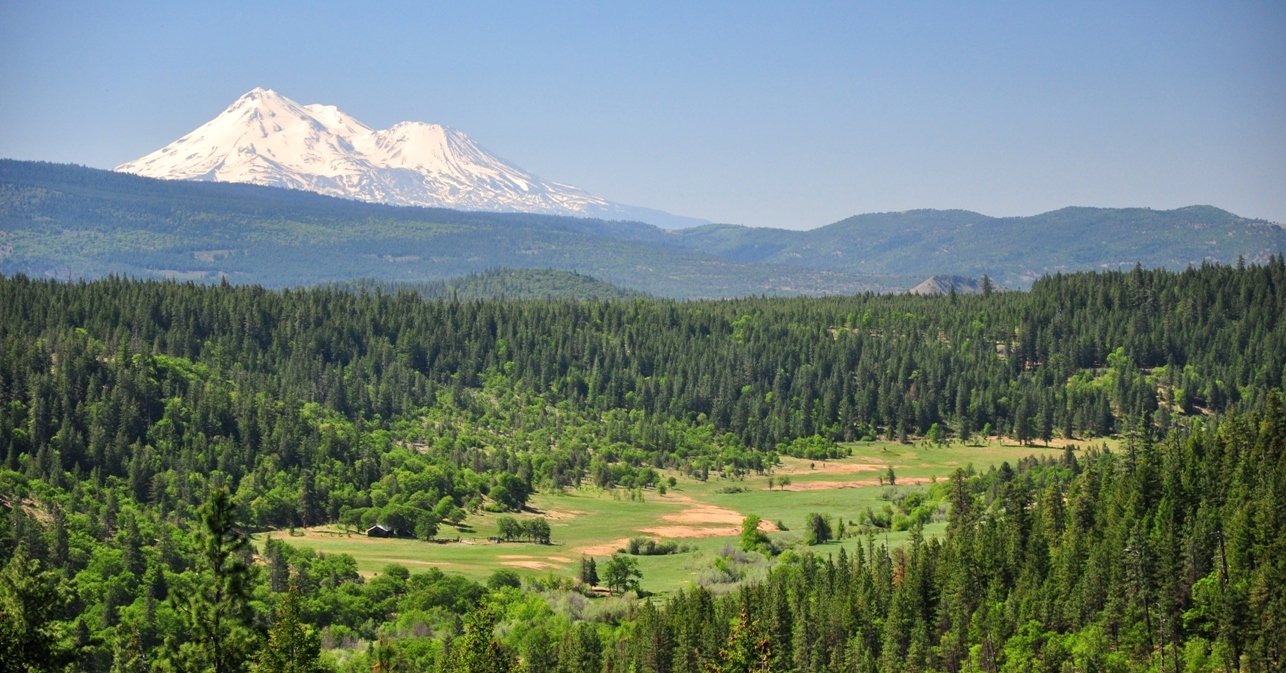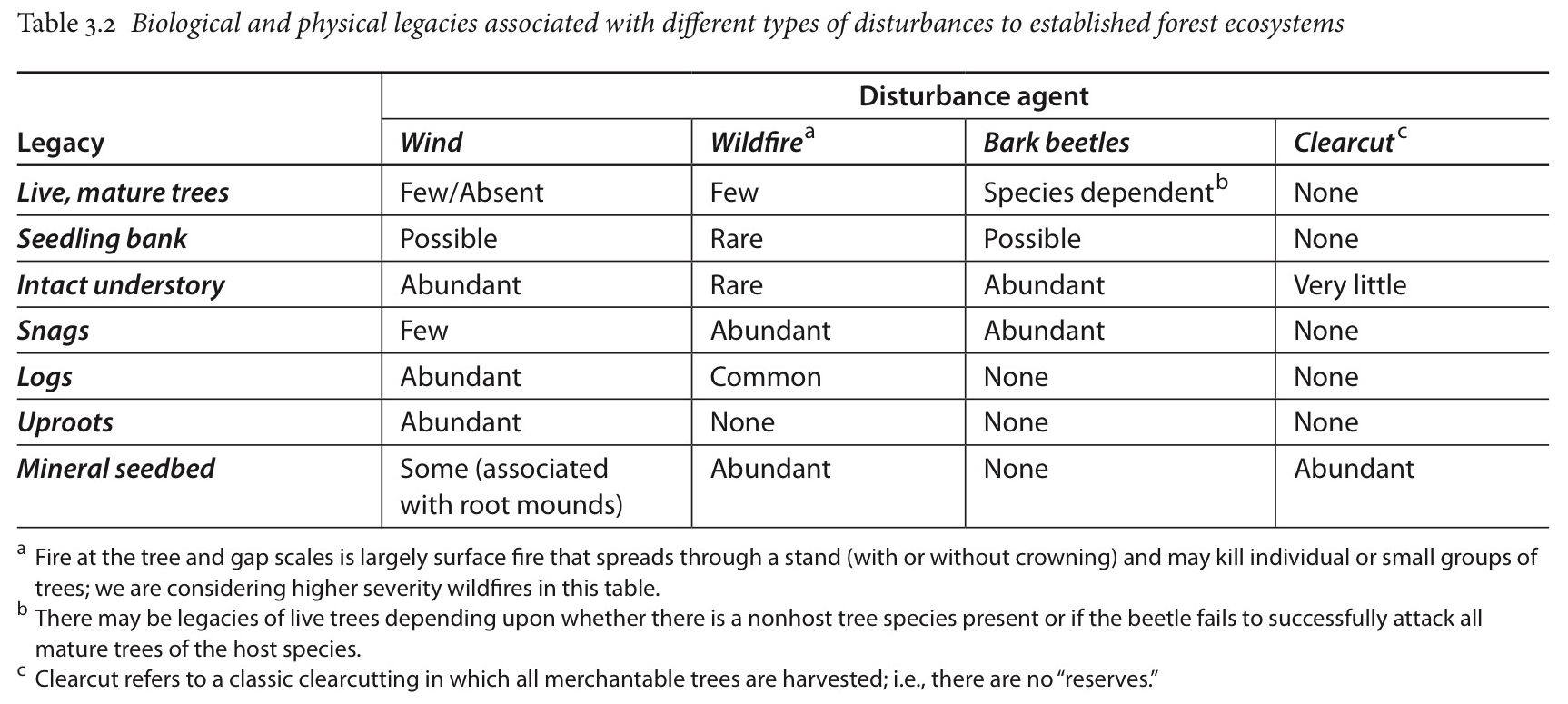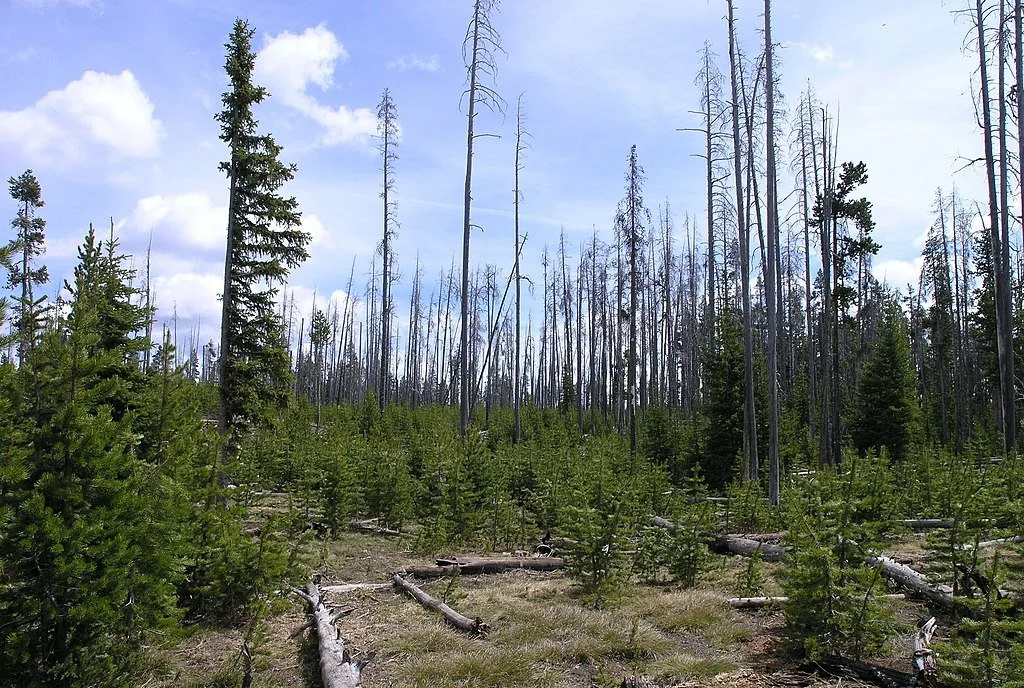The North Kalmiopsis wildlands, the lands Dave Foreman nearly lost his life trying to save from the bulldozer and the chainsaw, are still not, some four decades later, fully protected for the benefit of this and future generations. The remaining roadless wildlands have not yet been added to the Kalmiopsis Wilderness, but a good portion is somewhat administratively protected as Forest Service inventoried roadless areas. Some of the North Kalmiopsis lands have received wild and scenic river status, with more in the offing for the entire Kalmiopsis wildlands. Perhaps the mature and old-growth forests therewill be administratively protected by the Biden administration.
It can take a lot of time to save a piece of nature. Dave Foreman knew this. Dave also knew that given the rate of the human assault on nature, nature doesn’t have the luxury of time.
In my view, Dave Foreman’s greatest contributions to saving the wild were
· getting conservationists, and then society, to think bigger;
· popularizing science to save wilderness, when the science was still emerging; and
· having a large and secure enough ego to let others take credit for and run with ideas he first popularized.
Moving the Overton Window
I didn’t know it at the time, and probably neither did Dave, but Dave’s fundamental course was trying to move what the sociopolitical chattering class now calls the Overton window. The Overton window is the thinking of Joseph P. Overton of the Mackinac Center for Public Policy, a conservative think tank. According to Wikipedia, the Overton window is “the range of policies that a politician can recommend without appearing too extreme to gain or keep public office given the climate of public opinion at that time.”
When Dave started his conservation career, wilderness designation was within the Overton window, but generally more because of human recreation than nature conservation. Wilderness also had to encompass relatively large areas, and generally more rock and ice than low-elevation forests or desert grasslands.
The Overton window is not moved by politicians; rather it is moved by think tanks and activists who advocate for policy solutions that start outside the current range of public acceptability. As the unpopular, if not previously unspoken, idea moves to become more popular, the Overton window moves to reflect that that policy solution is now within the realm of political discussion. Politicians only look out of Overton windows.
I recall a conversation with Dave that hit home with me. The public lands conservation movement generally came out of the progressive movement, and more on Republican than Democratic wings. Early twentieth-century public lands conservationists like John Muir, Stephen Mather, Horace Albright, Gifford Pinchot, and their ilk were all white, Republican (things were different back then), and rich. They didn’t want to rock the sociopolitical boat but rather just change its course a bit. Not turn the boat around—and if any rocking was required, not too much rocking.
“Where would Martin Luther King [Jr.] have been without Malcolm X?” thundered Dave, just to me at that point, but it was a line from a speech that he had given or would give many times. The radical Malcolm X did make MLK appear more reasonable in the public arena.
Foreman helped the public lands conservation community think (and act) “outside the box,” another metaphor for the limits of public acceptability.
Dave taught me that while ecological realities are immutable, political realities are mutable. Only if one has one’s idea aperture too small and/or time horizon too short does it appear that political realities cannot be changed.

























